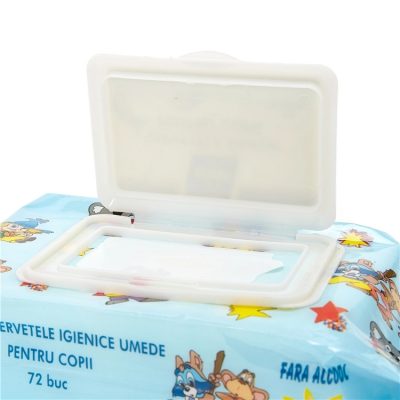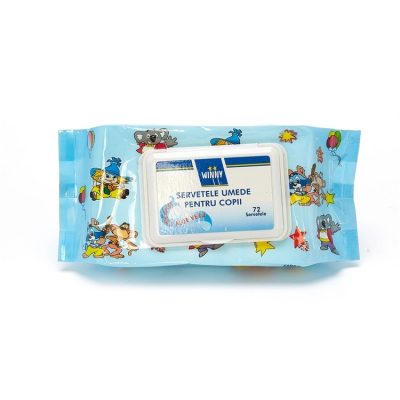Active Ingredients: The active ingredients in antibacterial wipes are chemicals that have antimicrobial properties. Common active ingredients found in these wipes include:
- Quaternary Ammonium Compounds (Quats): Quats are surfactant chemicals that disrupt the cell membranes of bacteria, leading to cell leakage and death. They are effective against a wide range of bacteria.
- Alcohol: Ethanol or isopropyl alcohol is effective at killing many types of bacteria by denaturing proteins and disrupting cell membranes.
- Hydrogen Peroxide: Hydrogen peroxide releases oxygen radicals that damage bacterial cells. It is effective against a variety of bacteria and some viruses.
Mode of Action: The active ingredients in antibacterial wipes work through different mechanisms to eliminate bacteria:
- Disruption of Cell Membranes: Quats and alcohol can disrupt bacterial cell membranes, causing leakage of cellular contents and eventual cell death.
- Protein Denaturation: Alcohol and hydrogen peroxide can denature proteins in bacterial cells, rendering them non-functional.
- Oxidative Damage: Hydrogen peroxide generates oxygen radicals that can damage bacterial cell components like DNA, proteins, and lipids.
Effectiveness: The effectiveness of antibacterial wipes depends on several factors:
- Concentration: The concentration of the active ingredient in the wipes plays a role in their efficacy. Higher concentrations are generally more effective.
- Contact Time: For the active ingredients to work effectively, the wipes need to be in contact with the bacteria for a certain amount of time. This is known as the “contact time.”
- Surface Compatibility: Some surfaces may be sensitive to certain active ingredients, so it’s important to use wipes appropriate for the intended surface.
- Resistance: Over time, some bacteria can develop resistance to certain antibacterial agents. Rotating the use of different types of wipes can help prevent this.
Limitations: It’s important to note that while antibacterial wipes can be effective against bacteria, they may not be as effective against certain viruses and spores. Additionally, the overuse of antibacterial agents can lead to the development of antibiotic-resistant bacteria and contribute to environmental concerns.
Regulation: In many countries, including the United States, the use of antibacterial agents is regulated by government agencies like the Environmental Protection Agency (EPA) and the Food and Drug Administration (FDA). These agencies set standards for efficacy, safety, and labeling of antibacterial products, including wipes.
In conclusion, the science behind antibacterial wipes involves the use of active ingredients that disrupt bacterial cell structures and functions, ultimately leading to their elimination. Understanding the active ingredients, their mode of action, and proper usage can help maximize the effectiveness of these wipes in maintaining a hygienic environment.
















